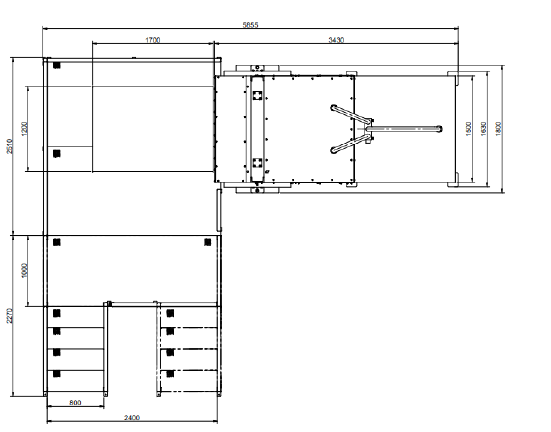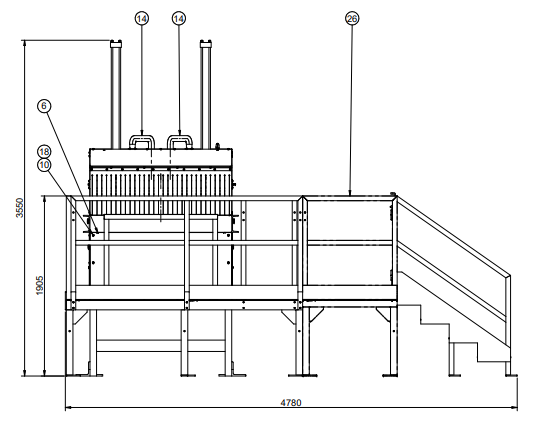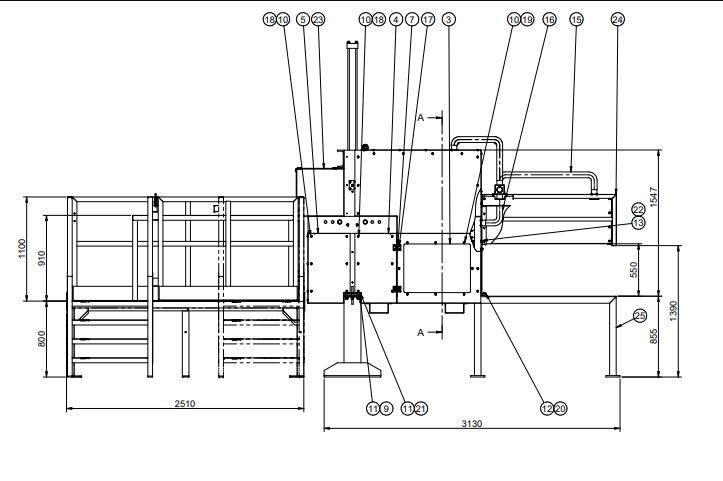Elektromos és elektronikus berendezések (WEEE) hulladékai számára tervezett hulladék-újrahasznosító üzemek lehetővé teszik a kis- és közepes méretű, akár 300–500 kg/h űrtartalmú elektronikus bemeneti hulladék újrahasznosítását, a választott konfigurációtól függően. A MINI LINE WEEE lehetővé teszi a színesfémek frakciójának visszanyerését, minimálisra csökkentve a manuális beavatkozásokat a feldolgozásba, így jövedelmezőbbé téve az elektromos és elektronikus hulladék újrahasznosításának műveleteit. A MINI LINE WEEE-t az újrahasznosító ipar azon üzemeltetői számára tervezték, akik viszonylag kis mennyiségű elektromos és elektronikus berendezések hulladékát szeretnék feldolgozni, de tudják, hogy szükség van a gépesítésre és a folyamat egyes szakaszainak automatizálására. A MINI LINE WEEE lehetővé teszi a vasfrakcióktól és a műanyag frakcióktól elválasztott fémkeverék szeparálását. A MINI LINE WEEE-t úgy tervezték, hogy lehetőség legyen a rendszert bővíteni további finomító és elválasztó eszközökkel.
A Stokkermill Recycling Machinery által tervezett és gyártott további újrahasznosító üzemek:
- Elektromos és elektronikus berendezésekre és finomító sorok (WEEE)
- Alumíniumfeldolgozó / finomító üzemek és sorok
- Roncs jármű (ELV) feldolgozó üzemek / sorok
- Merevlemez feldolgozó sorok
- Toner újrahasznosító üzemek és sorok
- Napelemek újrahasznosító üzemei és sorai
- Autó hulladék újrahasznosító sorok
- Kábel újrahasznosító üzemek és sorok
- A PCB elektronikus lap feldolgozó üzemei és sorai
- Kávékapszulák újrahasznosításához üzemek és sorok
- Zúzómaradékok üzemek és feldolgozó sorok















